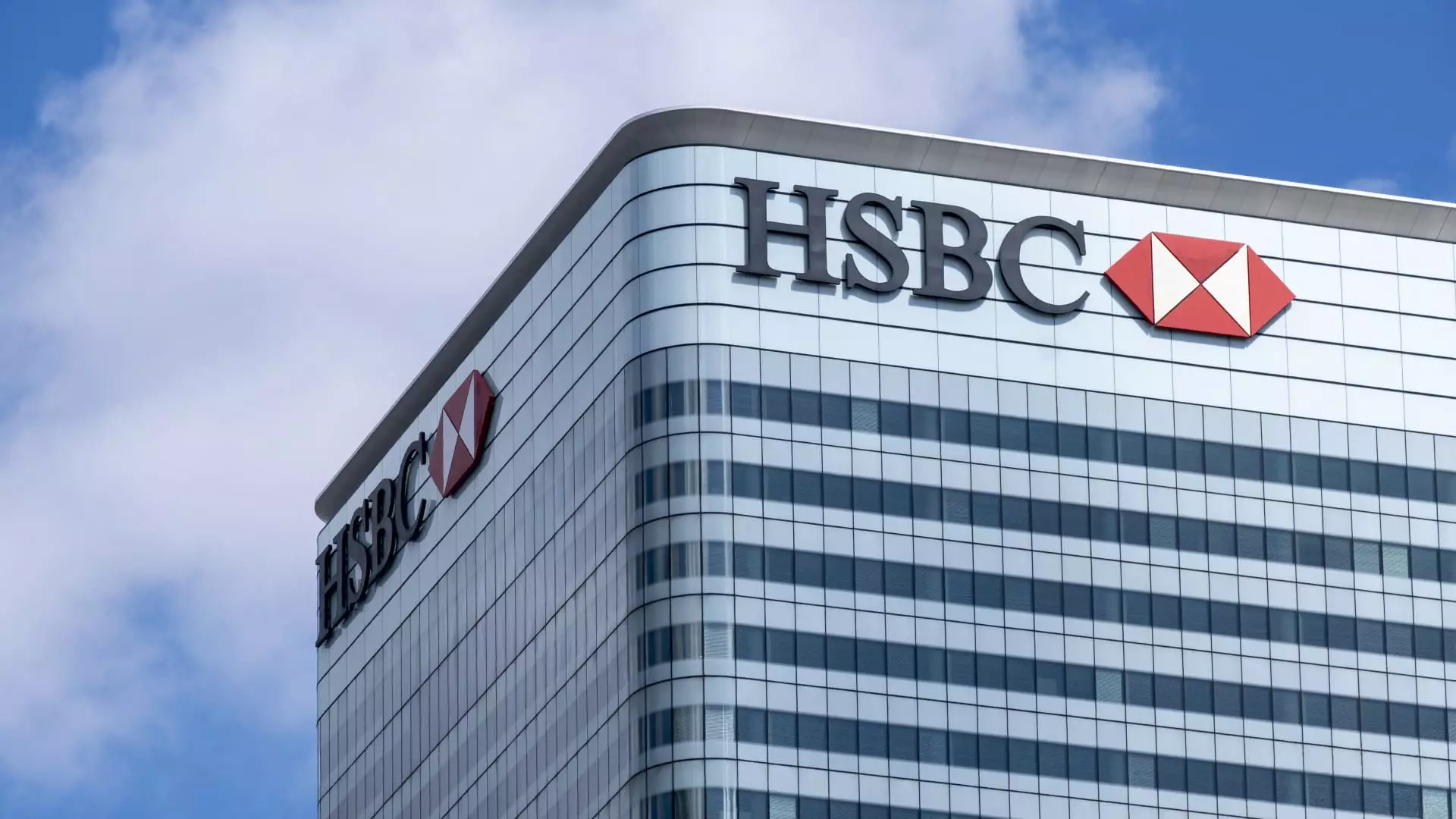On a day packed with significant corporate news, HSBC, Europe’s largest bank, made headlines with its announcement regarding a $3 billion share repurchase program. This move came alongside the release of its third-quarter earnings report—a document that reflected healthier financial performance than many analysts had predicted. The financial results were a testament to the resilience of HSBC’s business model, reporting a pre-tax profit of $8.5 billion against analyst estimates of $8 billion, underscoring the efficacy of its wealth and personal banking segments.
This quarterly performance represents a noteworthy 10% increase from the $7.71 billion profit recorded a year prior. When evaluating the year-on-year revenue numbers, the bank reported $17 billion compared to $16.2 billion, marking a commendable growth rate of 5%. These figures not only indicate the bank’s operational success but also highlight its strategic focus in sectors that have yielded solid growth amidst a fluctuating economic environment.
HSBC’s decision to initiate a substantial share buyback totaling $3 billion is particularly telling of its current financial health and management strategy. This action is part of a broader $9 billion buyback scheme instituted throughout the year, a clear signal to shareholders that the bank believes its stock is undervalued, and it is committed to returning capital to its investors.
Moreover, the declaration of a third interim dividend at $0.1 per share further reinforces HSBC’s strategy to maintain shareholder confidence, especially during a period characterized by uncertainties in the global financial landscape. The increase in profit after tax to $6.7 billion compared to the previous year’s $6.2 billion also bolsters the narrative around its fiscal prudence and operational success.
A crucial element of HSBC’s operations revolves around net interest margins, which dipped to 1.5% from the 1.7% reported last year. This decline has been particularly concerning as banks adapt to a changing interest rate environment, which historically has affected profitability. Analysts like Michael Makdad of Morningstar noted that the bank’s net interest income remained stable, even amid narrowing margins, a reassuring indication of its adaptability and efficiency amidst market pressures.
As the era of rising interest rates appears to be coming to a close, many industry experts speculate whether banks can sustain their current levels of profitability. However, HSBC’s ability to navigate these challenges suggests a well-prepared management approach focused on mitigating the effects of possible downturns in revenue associated with falling interest rates.
The third-quarter report also spotlighted a 2% increase in operating expenses, attributed to investments in technology—a necessary expenditure in an increasingly digital banking environment. HSBC’s leadership anticipates that these investments will foster innovation, improve customer experiences, and streamline operations.
The recent leadership changes, including the appointment of Georges Elhedery as the new CEO, signify a commitment toward cutting costs and refining the organizational structure. His predecessor, Noel Quinn, was instrumental during his tenure, which lasted nearly five years, and now Elhedery’s ambition to restructure HSBC into four business units aims to enhance operational efficiency by reducing redundant processes.
Interestingly, this strategic overhaul will take effect in January, leading to a leaner and more agile organization—an essential move as the bank faces rising operational demands in both eastern and western markets.
HSBC’s third-quarter results reflect a bank in solid form amidst a complex landscape filled with challenges and opportunities. Its strategic share buybacks, commitment to a robust dividend policy, and forward-thinking investments demonstrate an adaptive approach to an ever-evolving financial marketplace. As HSBC prepares for the forthcoming restructuring and adjusts to the implications of changing interest rates, it remains pivotal for the bank to maintain investor confidence while investing in technological advancements that will serve as the backbone for future growth. The insights drawn from this report indicate a favorable outlook for the institution, provided it continues to navigate these transformations effectively and proactively.


Leave a Reply